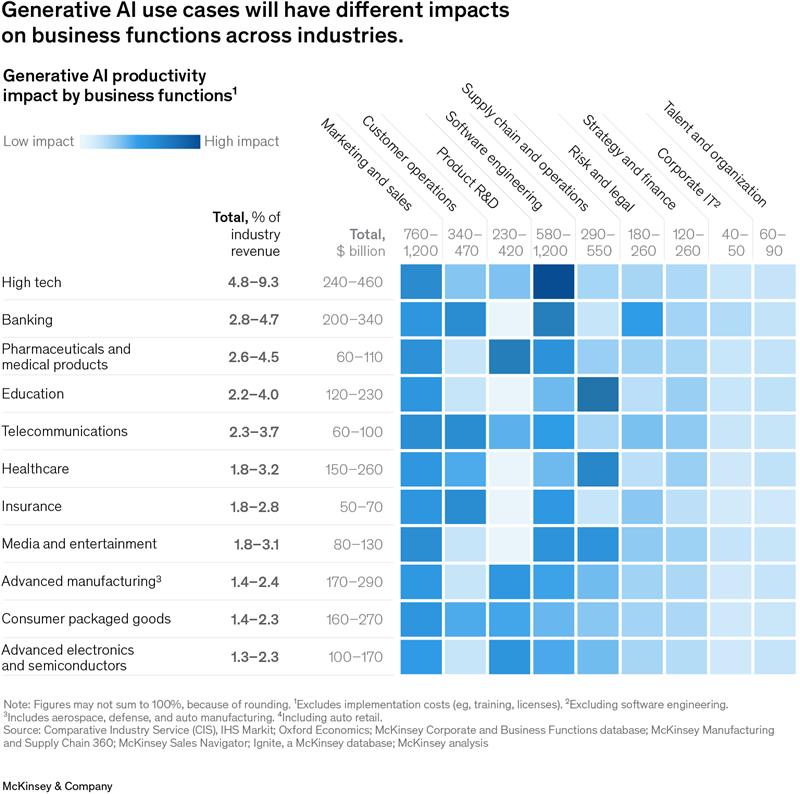Imagine this: You’ve spent months creating the ideal email funnel. Even though the message is powerful and the design is clear, your click-through rates are declining. Your users are deleting, skimming, or worse, unsubscribing. Why?
Because static campaigns won’t satisfy 2025 audiences. Every touchpoint must be personalized for them.
Hyper-personalized content is now the norm rather than the exception in the digital age. With dynamic email content that instantly adapts to user behaviour, preferences, and context, Salesforce Marketing Cloud (SFMC) is enabling marketers to spearhead this change.
This blog post will explain how dynamic email functions in Salesforce, why it will be revolutionary in 2025, and how to use it without overburdening your marketing staff.
What Dynamic Email Content Really Means In Salesforce
Salesforce Marketing Cloud offers more than just “Hello, [First Name]” as dynamic content. It is a rule-based personalization engine that uses segmentation data, subscriber attributes, and behavioural triggers to modify email sections in real-time.
Marketers can provide highly relevant content without creating multiple email versions by using dynamic blocks in Email Studio and AMPscript logic, whether it’s changing product recommendations based on browsing behaviour or localizing banners by geography.
Leading brands in 2025 will automate changes in:
- Calls to Action
- Pictures of the products
- Offers for promotions
- Parts of newsletters
- Reminders of events
Click-through rates (CTR) and open rates are directly impacted by these dynamic touches, which significantly raise email relevance scores.
Why Dynamic Content Is Driving Higher Engagement In 2025
In 2025, customers are the ones who have killed generic email marketing. This is because audiences of today demand highly customized email experiences, with subject lines, images, offers, and even send times catered to their individual preferences and behaviours.
The 2025 Marketing Intelligence Report from Salesforce states that emails with dynamic content produce:
- 41% increased click-through rates (CTR)
- 27% lower Unsubscribe rates.
- 39% increase in conversion performance.
- Emails that reflect users’ current preferences and browsing habits result in a 33% increase in customer retention.
- Personalized product recommendations in email content result in 2.5 times higher engagement.
- Journey-to-purchase is 50% quicker when dynamic emails are sent in response to events like page views or cart abandonment.
What’s causing this change? Salesforce Einstein’s sophisticated AI-powered segmentation enables marketers to go beyond demographics and target real-time behavioural triggers, such as past browsing activity, recent purchases, or abandoned carts.
As open rate tracking is being disrupted by Apple Mail Privacy Protection, clever marketers are now focusing more on click-through rate (CTR) as the main engagement metric. Additionally, context-aware, personalized content consistently triumphs in this new environment.
Example: On your website, a customer looks at running shoes.
The following day, they get an email with:
- “Are you still considering those Nikes?” is the subject line.
- A heroic photo of the exact shoes they were looking at.
- 10% off specifically for them.
That is behaviour-based, conversion-focused, real-time, dynamic content.
How Salesforce Uses Data To Power Real-Time Personalization
Data is the foundation of dynamic content, and Salesforce has an abundance of it.
Custom datasets for each contact can be stored using Data Extensions. When you combine that with Interaction Studio (now Salesforce Personalization), you can use a user’s most recent web, mobile, or email action to trigger real-time content updates.
In 2025, popular data points that support dynamic personalization include:
- Zero-party data (quizzes, preferences submitted).
- Behaviour data (views of products, visits to websites).
- Time zones and geolocation.
- History of purchases
The formula that won? Use predictive AI in conjunction with real-time behavioural data to deliver content before the user even recognizes their need. A typical promotional email becomes a conversion engine because of this.
The Dynamic Email Elements Top Brands Are Using In 2025
Dynamic email content blocks are being used by top brands in creative, ROI-driven ways in 2025. Here are a few real-world 2025 campaign examples:
- Flash sale countdown timers in real time.
- AMPscript and Content Builder for dynamic product feeds.
- Promotions based on the weather (e.g., displaying umbrella deals in rainy regions).
- Customized hero banners based on the stage of the customer lifecycle.
- Modules for abandoned carts are updated in real time with product names and prices.
These are email UX improvements that lower friction and boost conversion rates, not tricks.
Scaling Dynamic Content Without Slowing Down Your Marketing Team
In 2025. Mass customization of emails seems like a resource nightmare. But with Salesforce, it doesn’t have to be.
Here’s how contemporary teams are effectively scaling dynamic content:
- Make use of Content Builder templates and modular email design.
- Instead of hardcoding, automate with AMPscript snippets.
- Use Einstein Engagement Scoring and Send Time Optimization to automatically customize deployment.
With the correct automation stack, QA tasks that once took days to complete now only take minutes.
By visualizing content for various personas using dynamic test audiences in Preview & Test Mode, you can reduce QA time by up to 70%.
What Businesses Gain By Going Dynamic With Salesforce Now
Following the transition to Salesforce dynamic email campaigns, companies are reporting the following:
- Revenue per email could increase by up to three times.
- Increased brand relevance results in deeper customer loyalty.
- Reduced sales cycles thanks to automated lead generation.
If your rivals are still sending out generic email blasts, this is an advantage for you.
The greatest benefit, beyond metrics, is agility. Teams can respond to trends, inventory, or customer behaviour at the speed of Salesforce AI in real-time.
Why MetroMax Solutions Is The Ideal Partner For Your Dynamic Content Strategy
At MetroMax Solutions, we create intelligent engagement pipelines driven by Salesforce Marketing Cloud in addition to helping you send better emails.
Our areas of expertise include:
- Personalized dynamic content architecture.
- AMPscript logic design for customization in real time.
- Integration across platforms with Service Cloud, Commerce Cloud, and Sales Cloud.
- Frameworks for scalable content automation based on the size and expertise of your team
MetroMax Solutions is your Salesforce partner that can help you quickly transition from static to AI-personalized email engagement.
Conclusion
By 2025, the inbox is more than just a channel; it’s a place where your brand cultivates revenue, loyalty, and trust. However, only if you are presenting yourself in a relevant manner.
With Salesforce Marketing Cloud’s dynamic email content, you can engage with clients as soon as they open your emails with personalized, rather than mass-produced, messaging.
This has nothing to do with tricks. It all comes down to providing your audience with the timing, value, and recognition they desire.
And you do more than just increase engagement when you deliver that at scale, intelligently, and consistently. You create a brand that people are interested in hearing from.
Let MetroMax Solutions assist you in transforming your email strategy into a revenue-generating machine that is scalable and driven by dynamic personalization.



